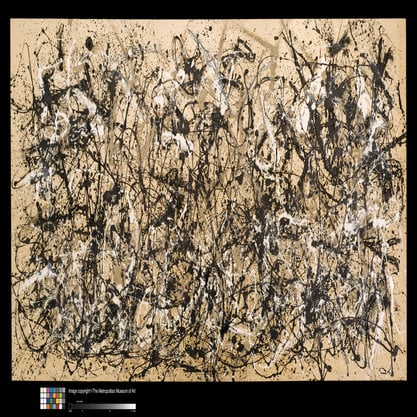Article
Åkesson, Birgit Anna Ida (1908–2001) By Hammergren, Lena
Article
Birgit Åkesson (b. March 24, 1908, Malmö, Sweden; d. March 24, 2001, Stockholm, Sweden) is considered one of Sweden’s foremost modern choreographers. In the late 1920s and early 1930s she studied at Mary Wigman’s school in Germany. After completing the Wigman course, she found it difficult to stay in Germany because of the rise of fascism, and in 1934 she made her choreographic debut in Paris. Critics described her as an intellectual choreographer and “the Picasso of dance,” due to her use of acrobatic and often angular body postures. Åkesson frequently choreographed for theater and opera. Her works at the Swedish Royal Opera during the 1950s and 1960s introduced a modernist dance technique to the classically trained company. In 1963 she co-founded the Choreographic Institute in Stockholm, later renamed the University of Dance and Circus. Åkesson had a keen interest in non-Western culture and she undertook research on traditional dances in African and Asian countries, publishing an account of dances south of the Sahara in her 1983 book Källvattnets mask (Mask of the Spring Water). In the history of Swedish dance, Åkesson and Birgit Cullberg became known as “The Mothers of Modern Dance.”


